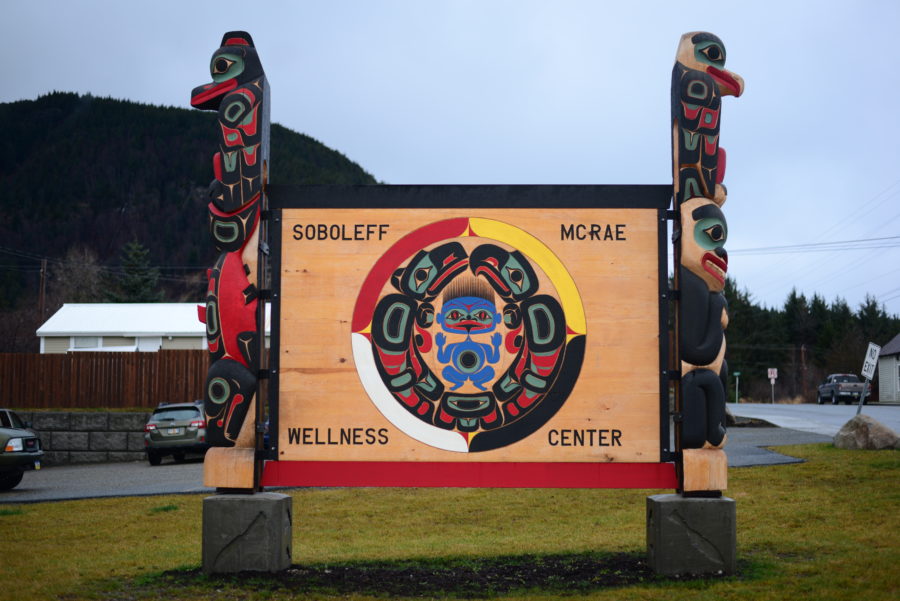
The recently-installed gate. (Kathleen Menke)
The Haines Planning and Zoning Commission had their say about gates installed on the Chilkoot River Corridor last month. At a meeting Thursday, planners scrutinized the action and now they’re requesting more information about how the gates came to be. KHNS’s Abbey Collins reports.
“I guess I distrust this, they don’t put gates in without the intentions of closing it,” said commissioner Brenda Josephson. She wasn’t the only one that spoke up, criticizing the decision to install the gates.
“We’re talking a development that’s funded for putting in a bear viewing area and where would you start that development by putting the gate up first? It just doesn’t logically make sense,” said commissioner Larry Geise.
The gates were installed last month by the Alaska Department of Natural Resources. Earlier this year, they took over management of the road from the Department of Transportation.
Haines Park Ranger Travis Russell joined the meeting by phone. He said, since DNR took over, this is the first step in managing the road.
“The reason the gate went in is so that if there is an emergency out there where we would need to restrict access, we have the ability to close that, so it’s simply a management tool,” said Russell.
Haines resident Pam Randles spoke up, raising concerns about the gates not being part of the original project.
“The gate that is out there now was never on the plans,” said Randels. “And the plans went through a whole public hearing process and all the rest of it. Do you have any idea why that was changed?”
According to Southeast State Parks Superintendent Mike Eberhardt, the gates are separate from the bear viewing and entrance improvement project that is underway.
“While this gate is being done in conjunction with the bear viewing project, it really doesn’t have too much to do with the bear viewing project,” said Eberhardt.
He says in this case it’s really not up to the public.
“It’s not a question we’re going to ask the public,” said Eberhardt. “We don’t ask them if we need a gate to keep our facility safe.”
Eberhardt says now that DNR is managing the road, they have a responsibility to make sure it’s safe. He says this isn’t a unique incident and it would have happened regardless of whether they were making more improvements.
“As we take over management of the Chilkoot road, and it’s no longer an open and just a general public road, it’s now a park road, we put a gate on it,” says Eberhardt. “That is a safety measure that we do on all of our controlled facilities.”
Commissioners also raised concerns about historical artifacts in the area.
“The reason they surfaced the road to begin with was because so much historic stuff was coming up,” said Lee Heinmiller. “Middens were there, the skull – human remains that the recovered a few years ago rolled out of the hillside, 50 ft. from where that gate is.”
DNR received a letter from the State Historic Preservation Office in 2014 that found no adverse effect anticipated from the proposed project. Though, they ask DNR to consider historical concerns and minimize effects to significant cultural resources.
“They have specific instructions. If they uncover anything that’s archaeological they have to stop work immediately,” said Russell.
The commissioners asked to see all communications, including emails and meeting notes that related to the decision to install the gates. Work on the bear viewing project is scheduled to continue into 2017, with hopes of completing it before the fall.








